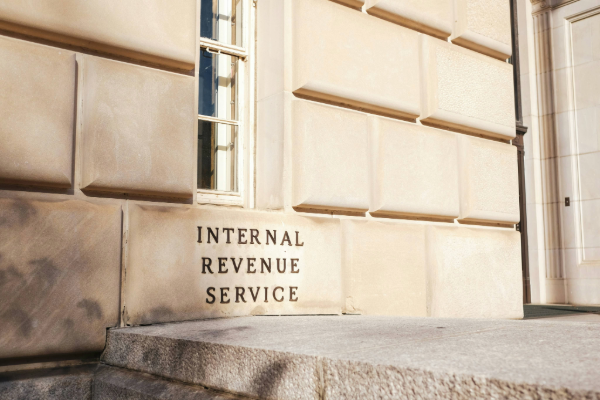
Two common questions about the R&D tax credit are: “Are some industries more heavily scrutinized by the IRS?” and “Can I claim both federal and state credits?” The answer: Yes, some industries see more questions during audits, but with proper documentation, claims remain secure. And yes, companies can often claim both federal and state R&D credits, though not all states offer them. At B10 Capital, we specialize in maximizing benefits at both levels while ensuring compliance.
The IRS applies the same four-part test to all R&D claims, but in practice, some industries face closer attention. This is often because their activities are less obviously “R&D” or because claims in these areas have historically been over- or under-reported.
The takeaway: The IRS isn’t targeting industries, but claims that don’t clearly show experimentation, uncertainty, or technical development are at risk.
The best defense is building a claim that’s complete and defensible from the start:
At B10 Capital, we’ve guided companies across every sector, including those subject to higher scrutiny, through successful, compliant claims.
Yes. if your state offers it. The federal R&D tax credit is available to all qualifying U.S. businesses, and many states offer their own versions.
Example: A company in California may claim both the federal R&D credit and the California state R&D credit, maximizing benefit at both levels.
Most states with significant manufacturing, tech, or innovation hubs offer credits, but each has unique rules. Examples:
Some states (like Nevada or South Dakota) do not currently offer R&D credits.
This means many businesses in these areas only capture half of what’s available.
We specialize in identifying opportunities at every available level:
Our expertise ensures you’re not just filing federally, you’re capturing the maximum benefit allowed in your state.
When businesses claim both federal and state credits, the impact multiplies:
So, are some industries more scrutinized by the IRS? Yes. But with the right documentation, claims remain secure. And can you claim both federal and state R&D credits? In many cases, yes. And doing so can significaitnly increase your benefit.
At B10 Capital, we’ve helped clients across industries and states navigate scrutiny, maximize credits, and stay fully compliant.
Don’t leave half your R&D benefit unclaimed, or risk an audit with an incomplete filing.
Contact B10 Capital today to see how we can help you secure both federal and state R&D tax credits. Our team is experienced in every state that offers credits, ensuring you get the maximum return while staying 100% compliant.
Insights into sophisticated tax benefits designed for high-net-worth individuals and businesses.